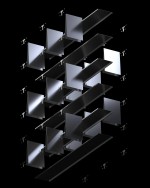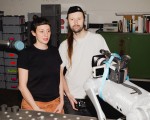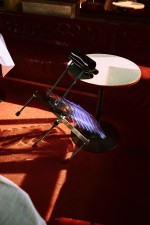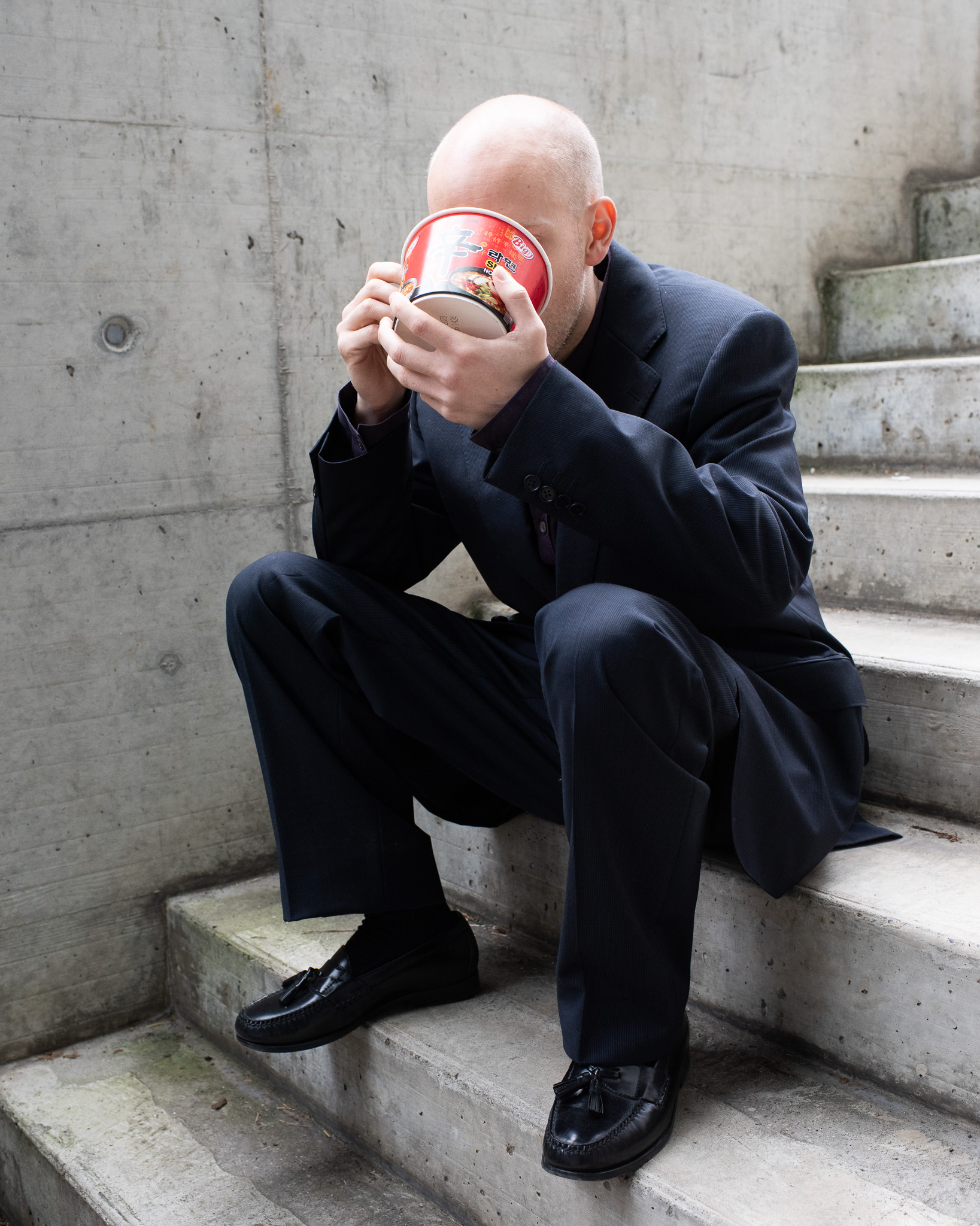Studio Practice
Fluidity as identity

Founded in 2020 by Seohu Ahn and Sisan Lee, Practice is a Seoul-based studio that seamlessly merges art and design across a wide range of disciplines, including spatial design, exhibitions, art direction, installations, furniture, objects, and material experimentation. We visited their studio in Seoul to discuss their creative approach, recent projects, and commissioned works.
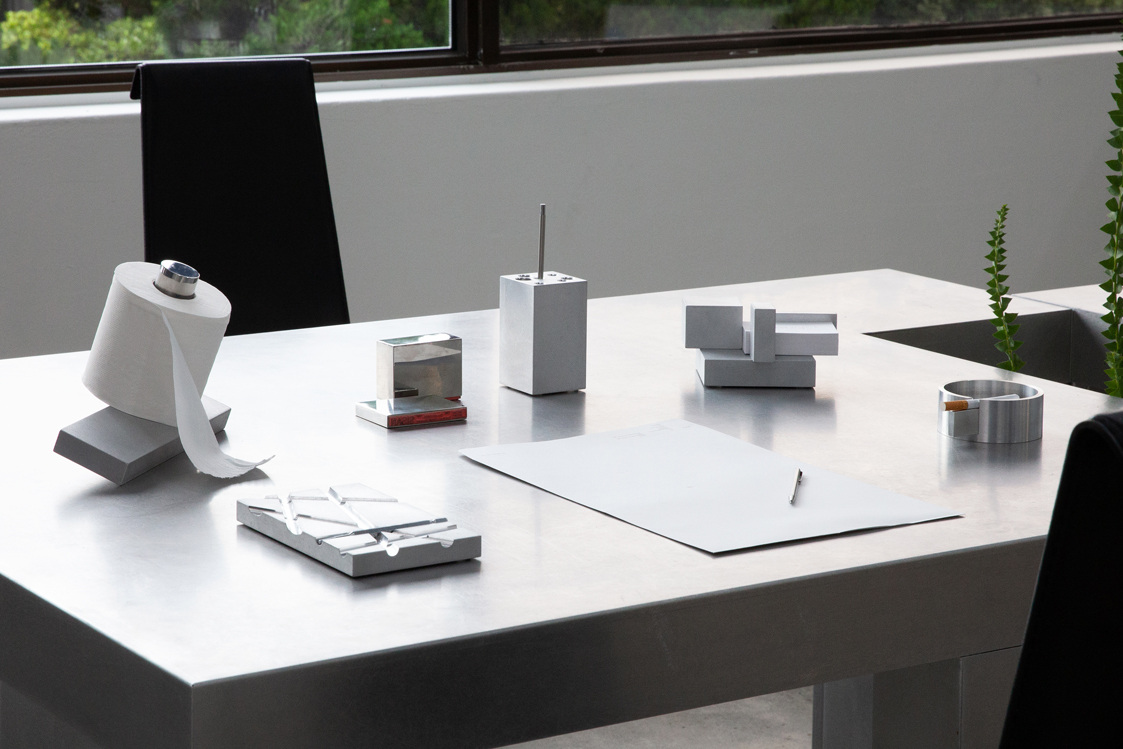
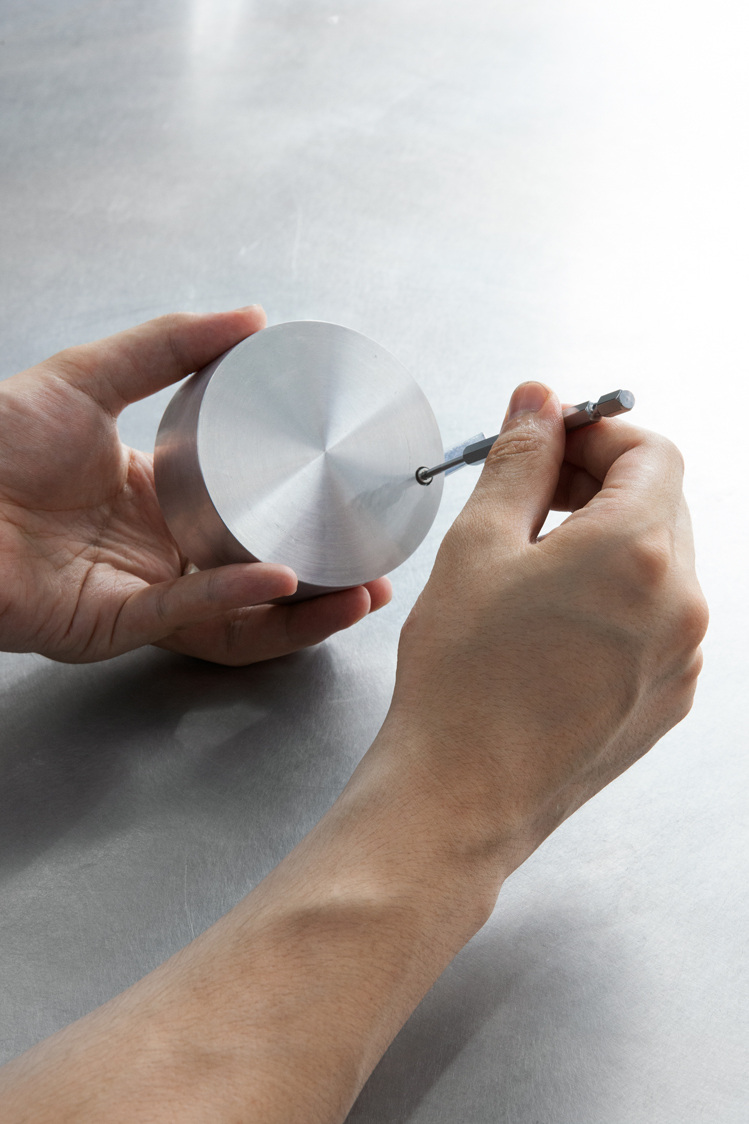
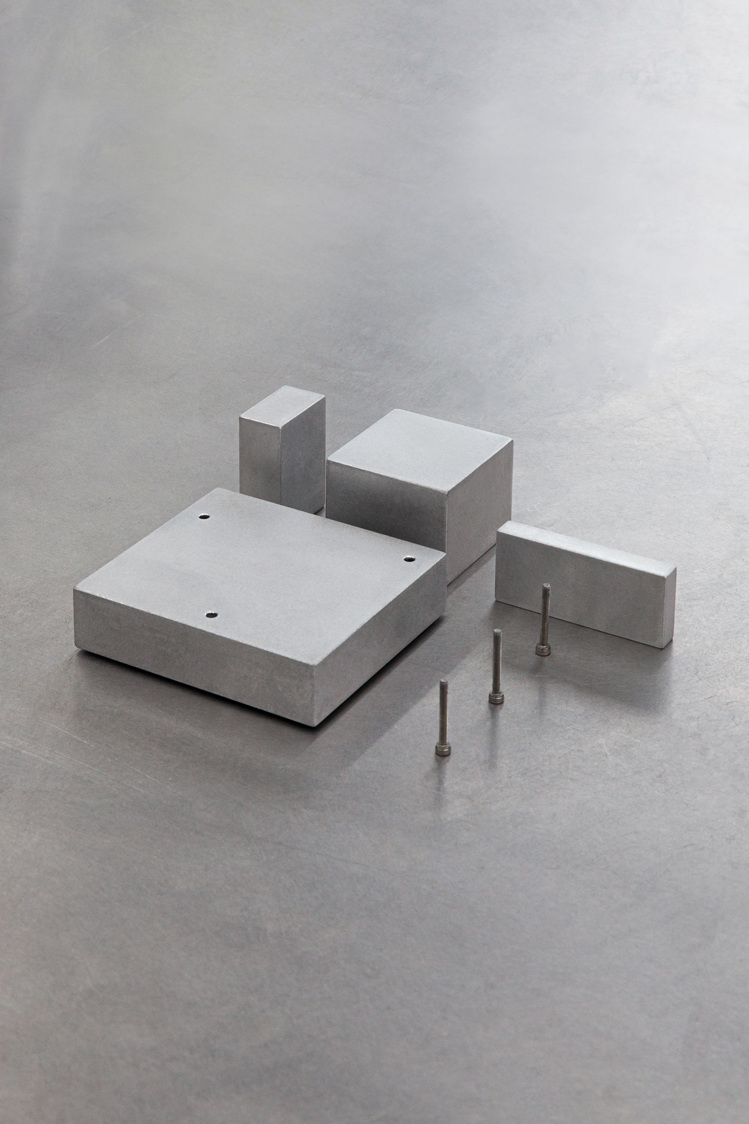
How did the idea of “Practice” begin? Was it always intended to blend your personal work with collaboration?
Actually, our studio started pretty organically. Back then I was focused on making functional art objects, and Seohu was an architect. We first met through an exhibition project we were introduced and found common ground. He was looking for someone to collaborate on a spatial project at the time, so we decided to work together. One project led to another, more clients started approaching us, and over two years this casual collaboration naturally grew into something more structured. That’s when we formally established Practice.
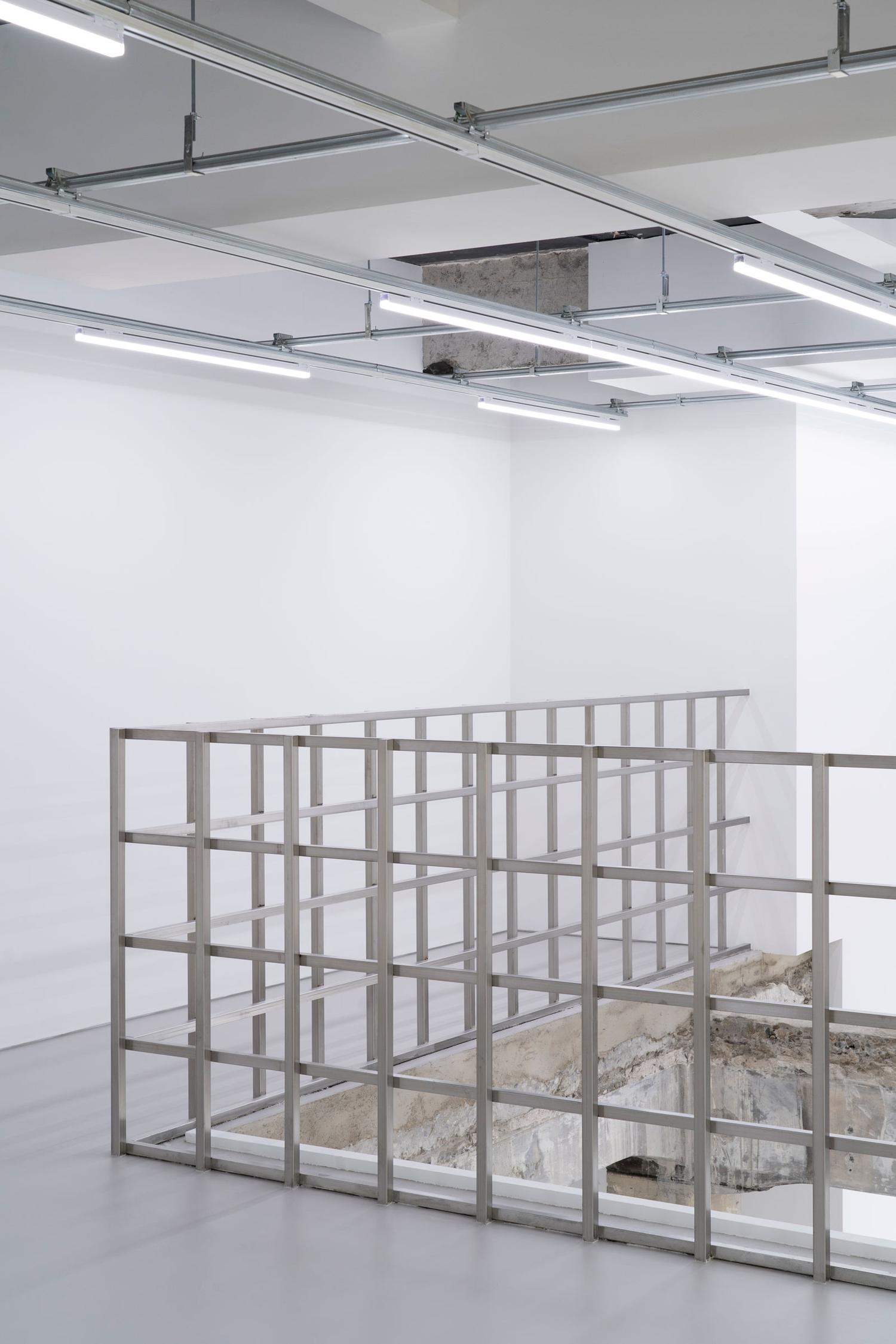
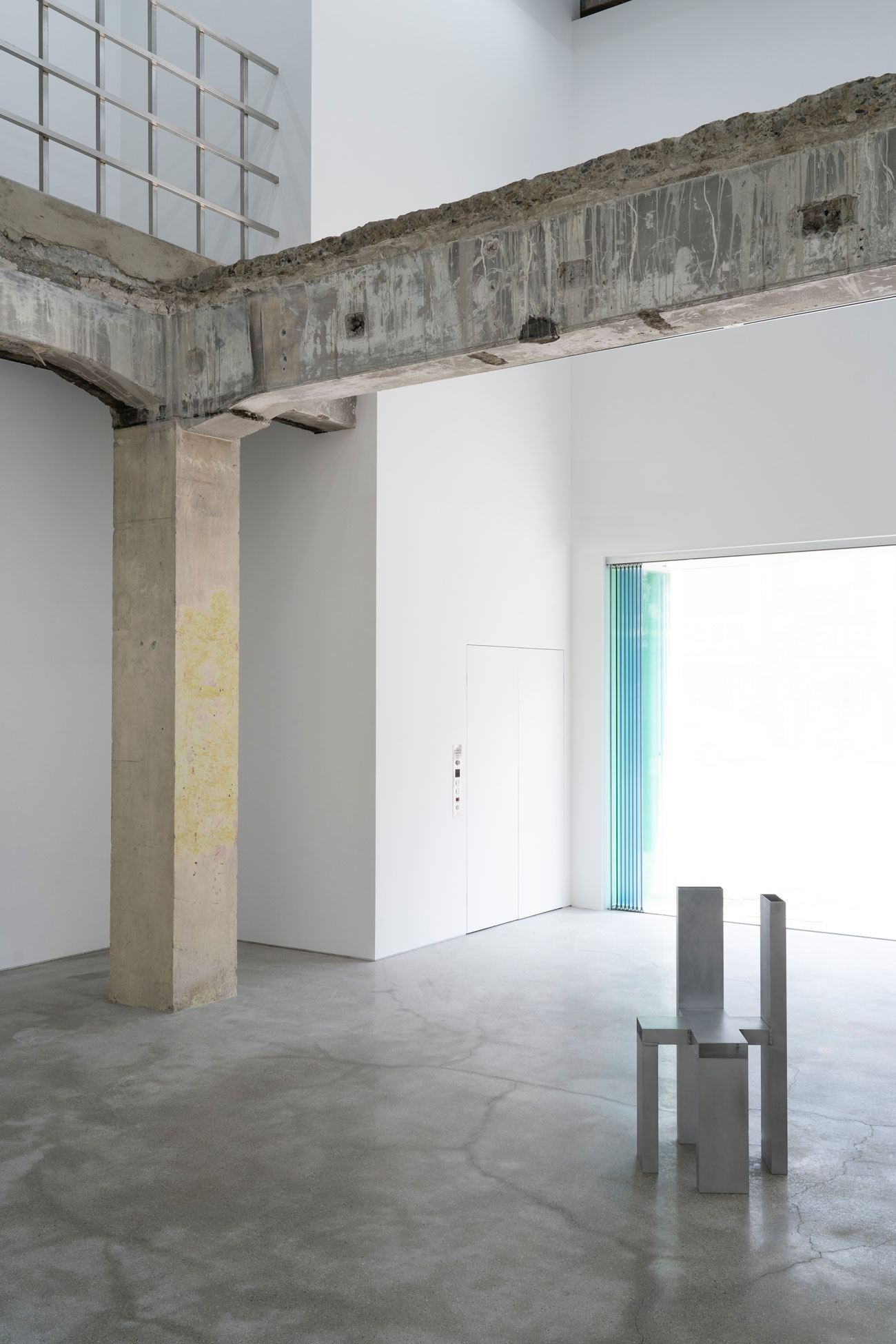
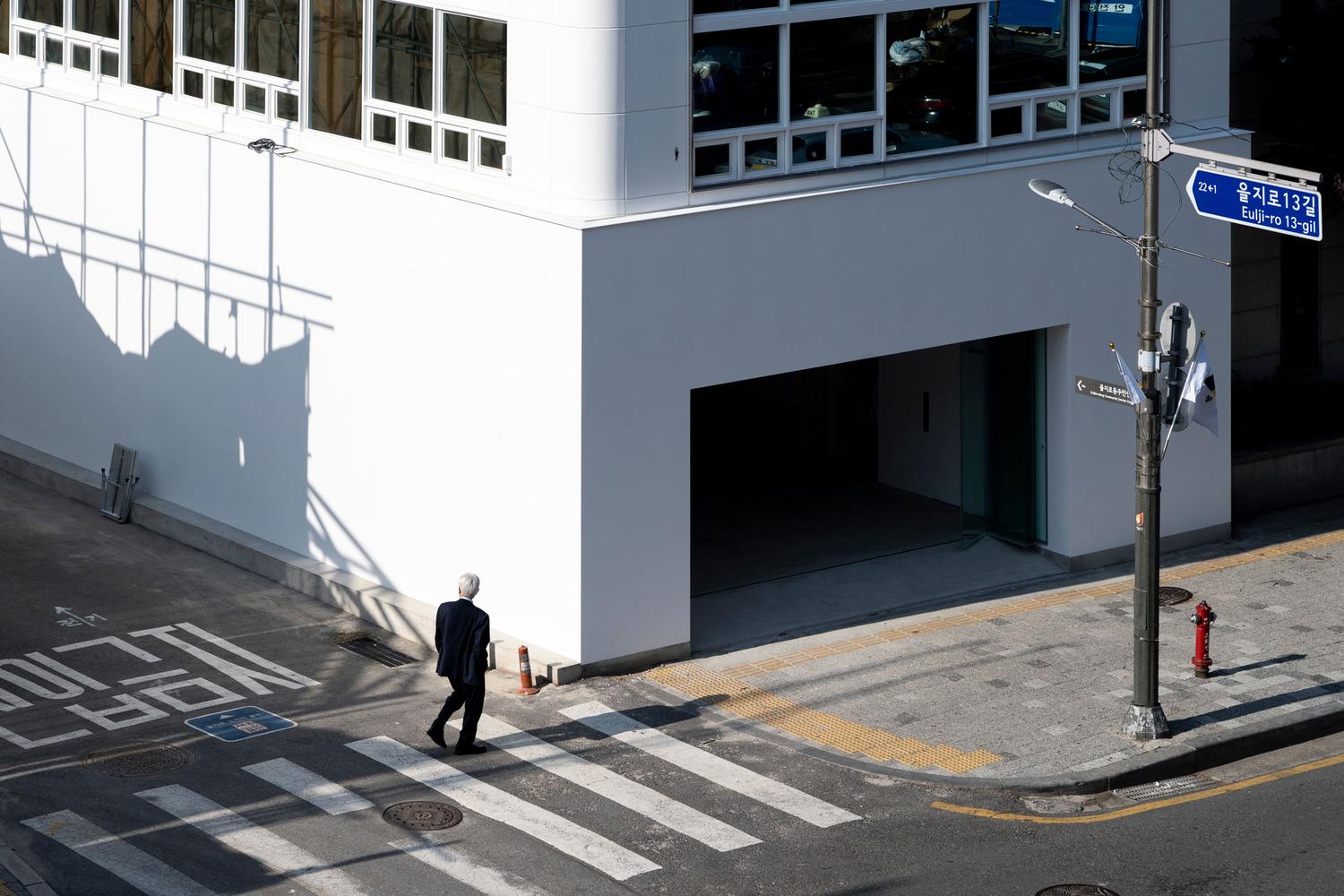
So before founding Practice as a formal studio, were you simply collaborating on a project-by-project basis?
Exactly. In the early days it didn’t even feel like a company, just two people teaming up on projects. But as the commissions kept coming, we realized we should formalize it into a studio. Interestingly, my first exhibition as an artist ended up becoming Practice’s first major project as well. We both come from backgrounds in architecture and interior design, so creating an exhibition space felt like a natural extension of our combined skills. It was a seamless way to merge our interests.
Did you always have an interest in doing exhibitions and artistic spaces, rather than just conventional design projects?
In my case, yes. I started my career as an architectural designer, but architecture can be such a slow process – it takes years to see a building completed. I’m a bit impatient; I wanted to create things I could see come to life much faster. That impulse drew me toward installations and interior projects. Initially, I focused on designing small spaces where other creatives could showcase their work, like pop-ups or gallery-style environments. That way I could finish a project in a short time and immediately see people interacting with it. Over time, as we started building a community of fellow designers and artists around these projects, the work became more collaborative and less about me working in isolation. Exhibitions and experimental spaces were a way for us to bring people together quickly, as opposed to the long solitude of typical architectural projects.
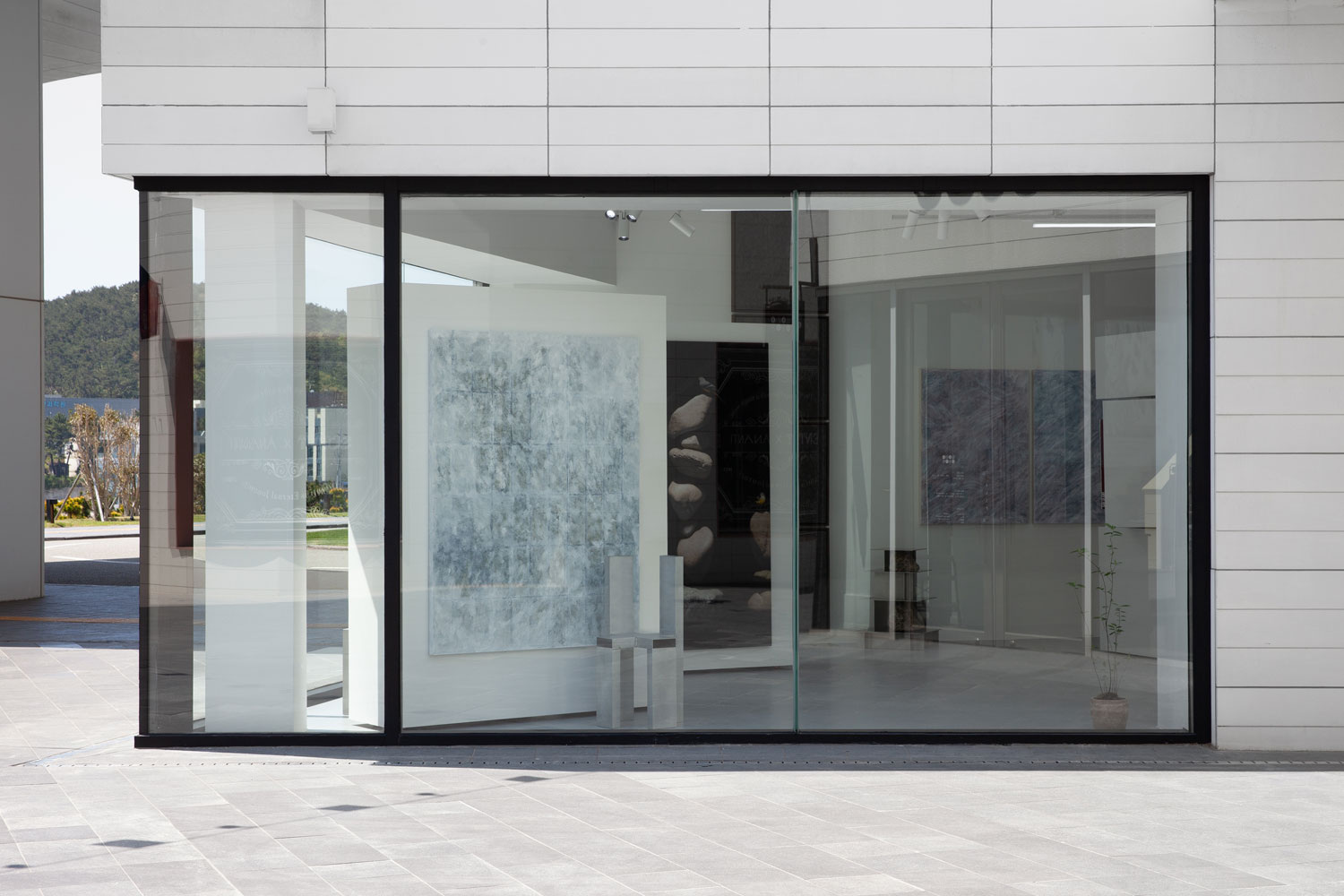
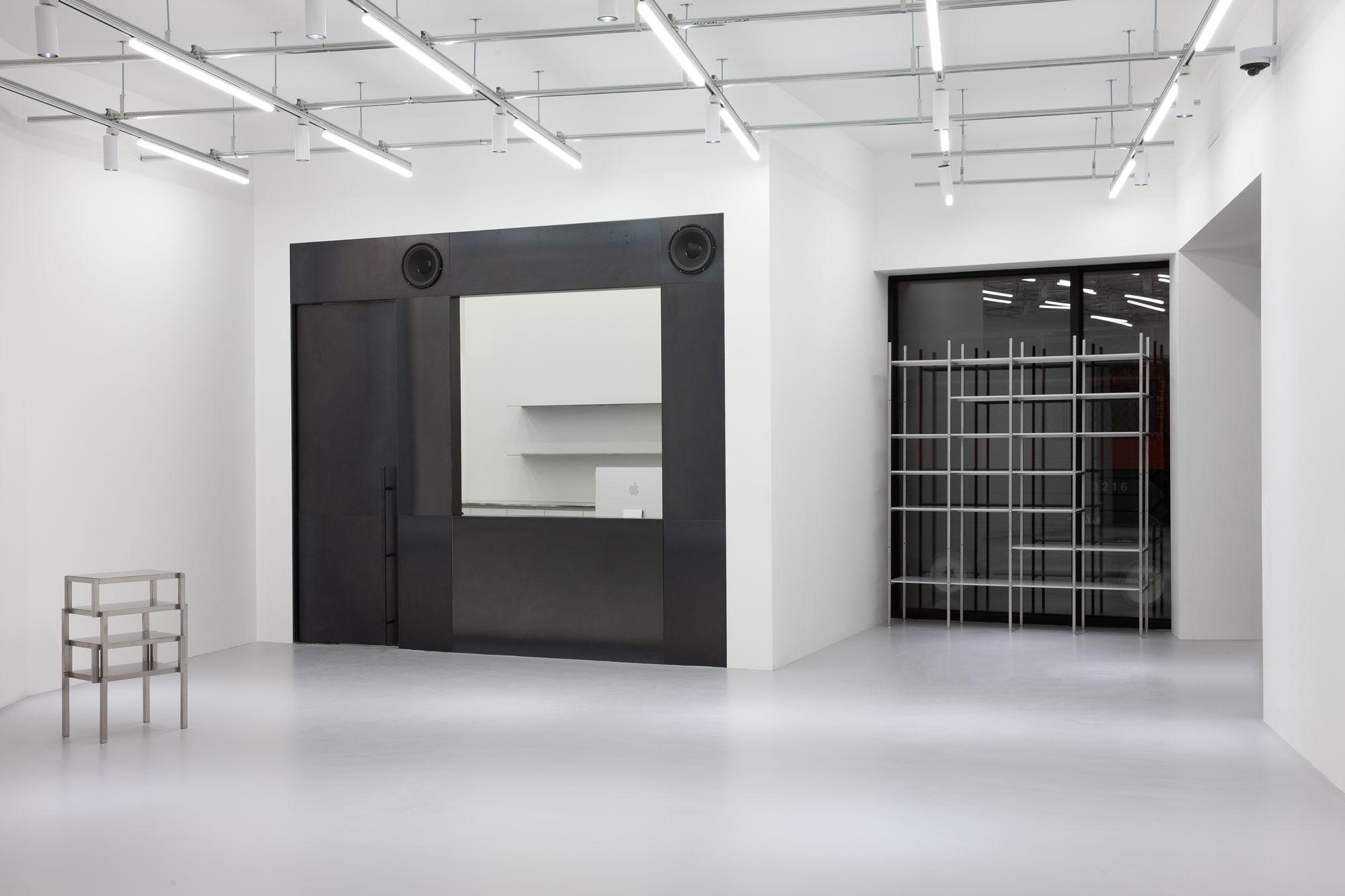
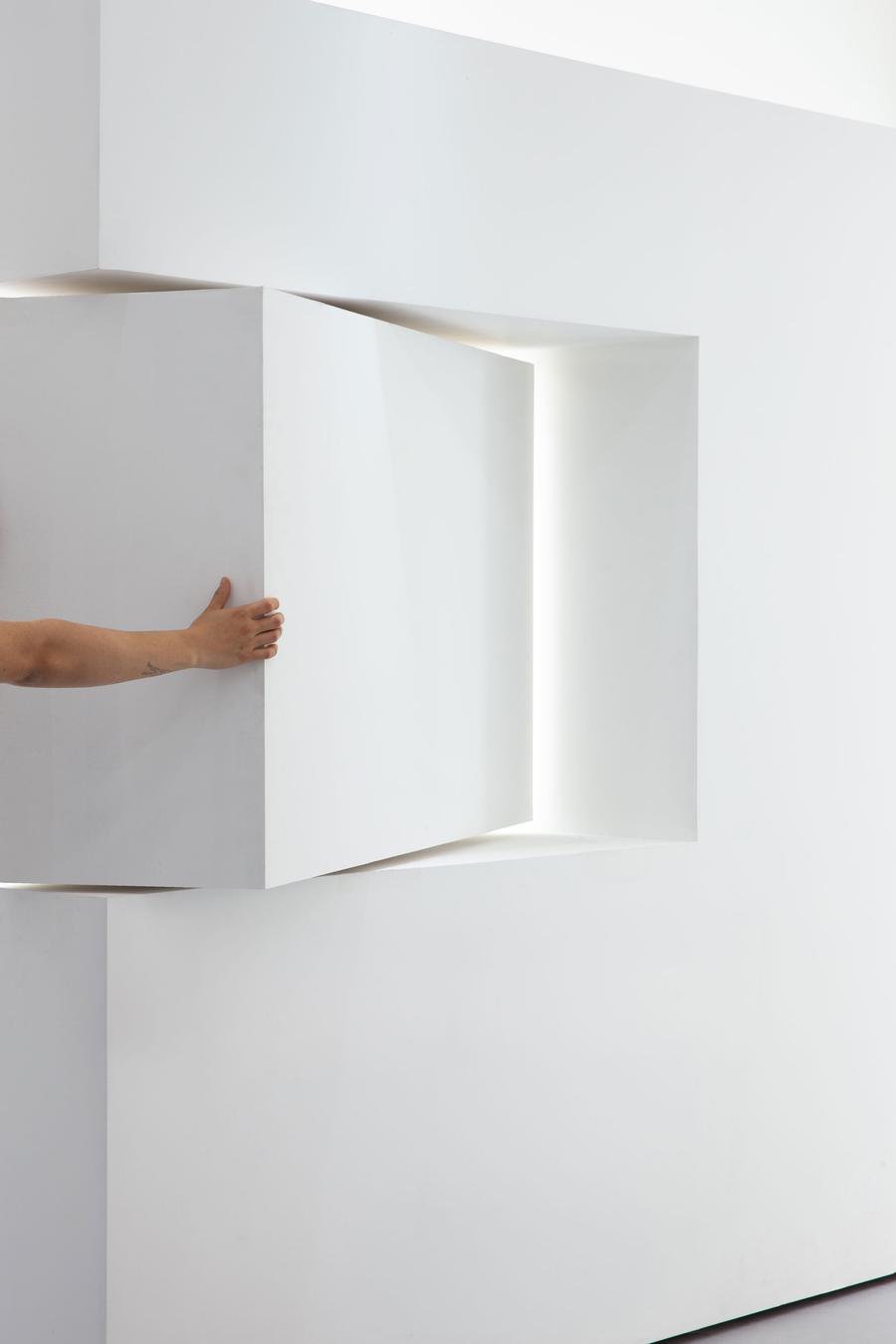
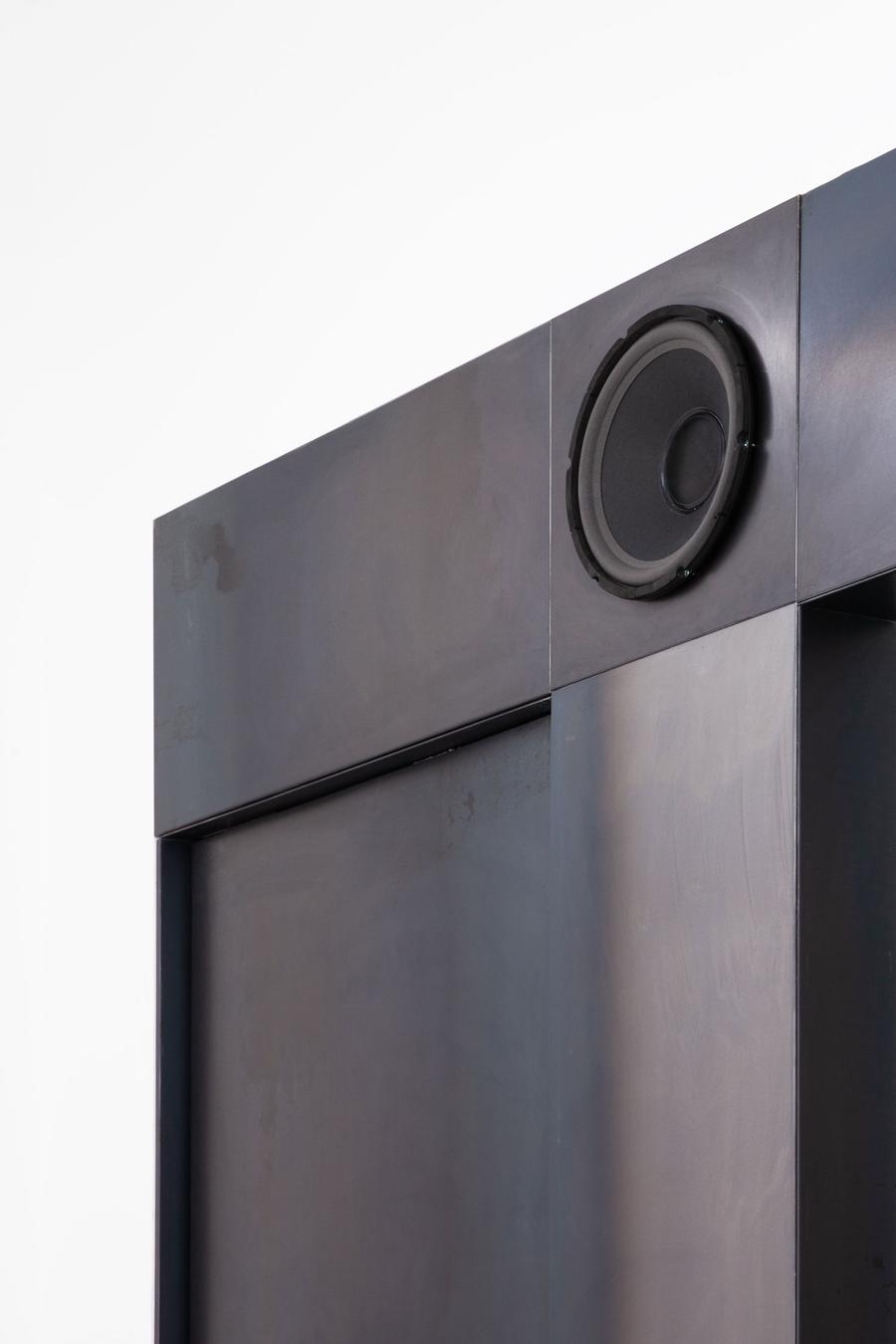
Practice today spans a lot – interiors, art direction, installations, even making your own art and furniture. How would you define Practice now? Is it a design studio, a creative consultancy, an artist collective…?
It’s a mix of all those things. We like to say Practice is simultaneously a design studio, an artist’s workshop, and a creative consultancy. Depending on the project, we might be designing a retail interior, curating an exhibition, or creating sculptural objects. It’s hard to pin down a single label because our approach adapts to whatever the project needs. That fluidity is a core part of our identity, we’re not interested in being confined to one category. One day we’re fabricating a one-off furniture piece for an art show, the next day we’re consulting on the concept for a brand’s flagship store. It all flows together under our practice.
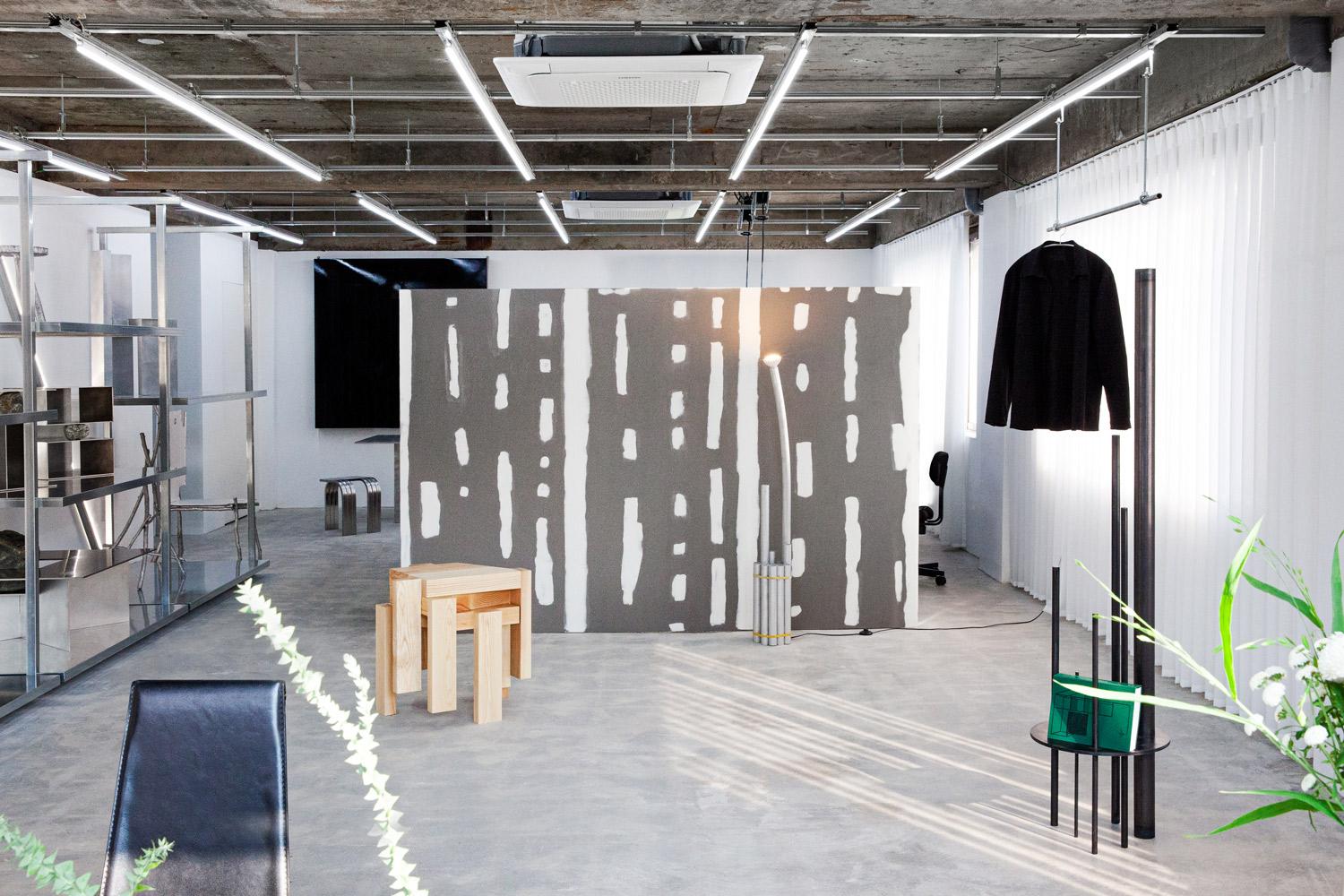
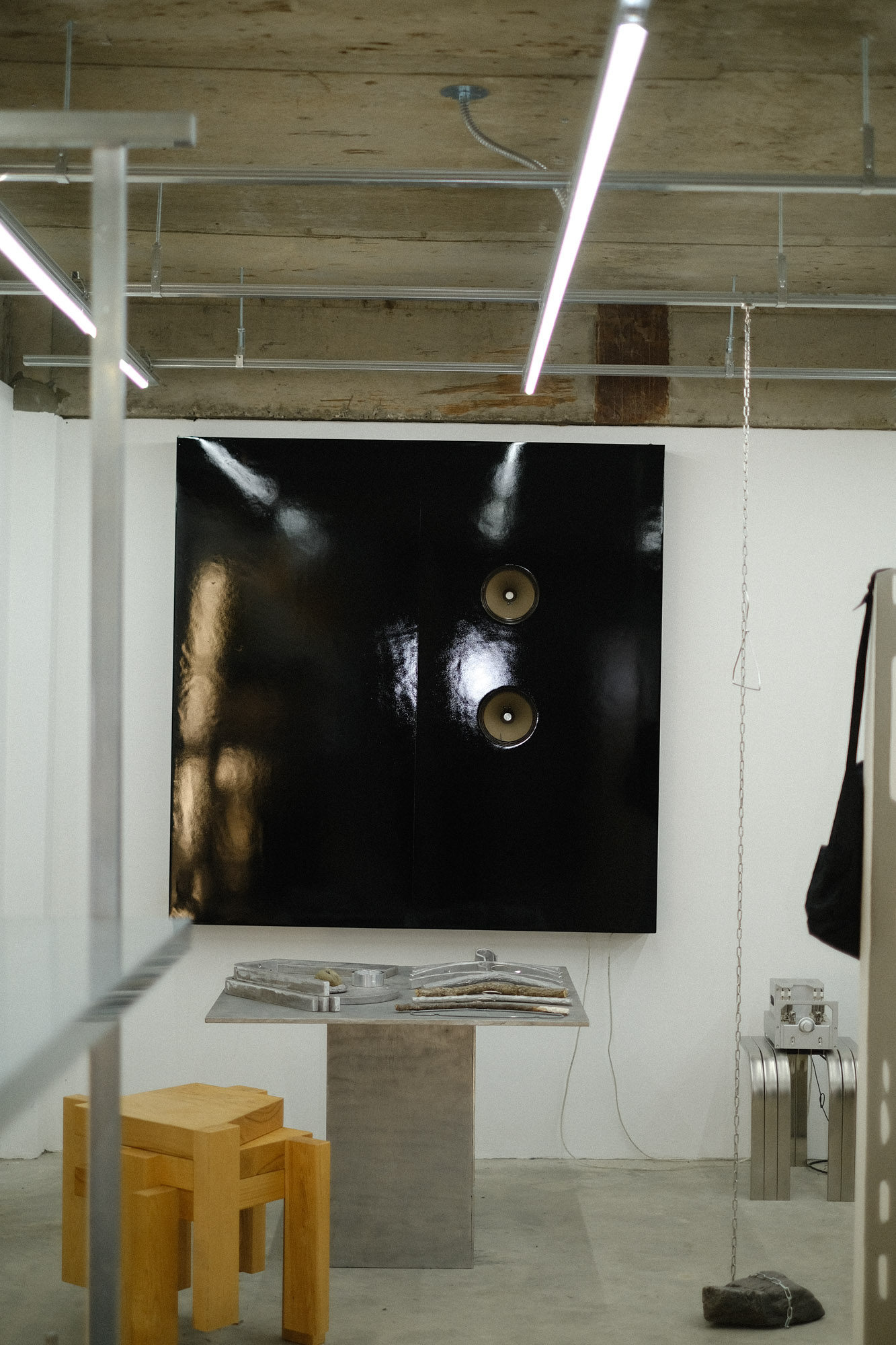
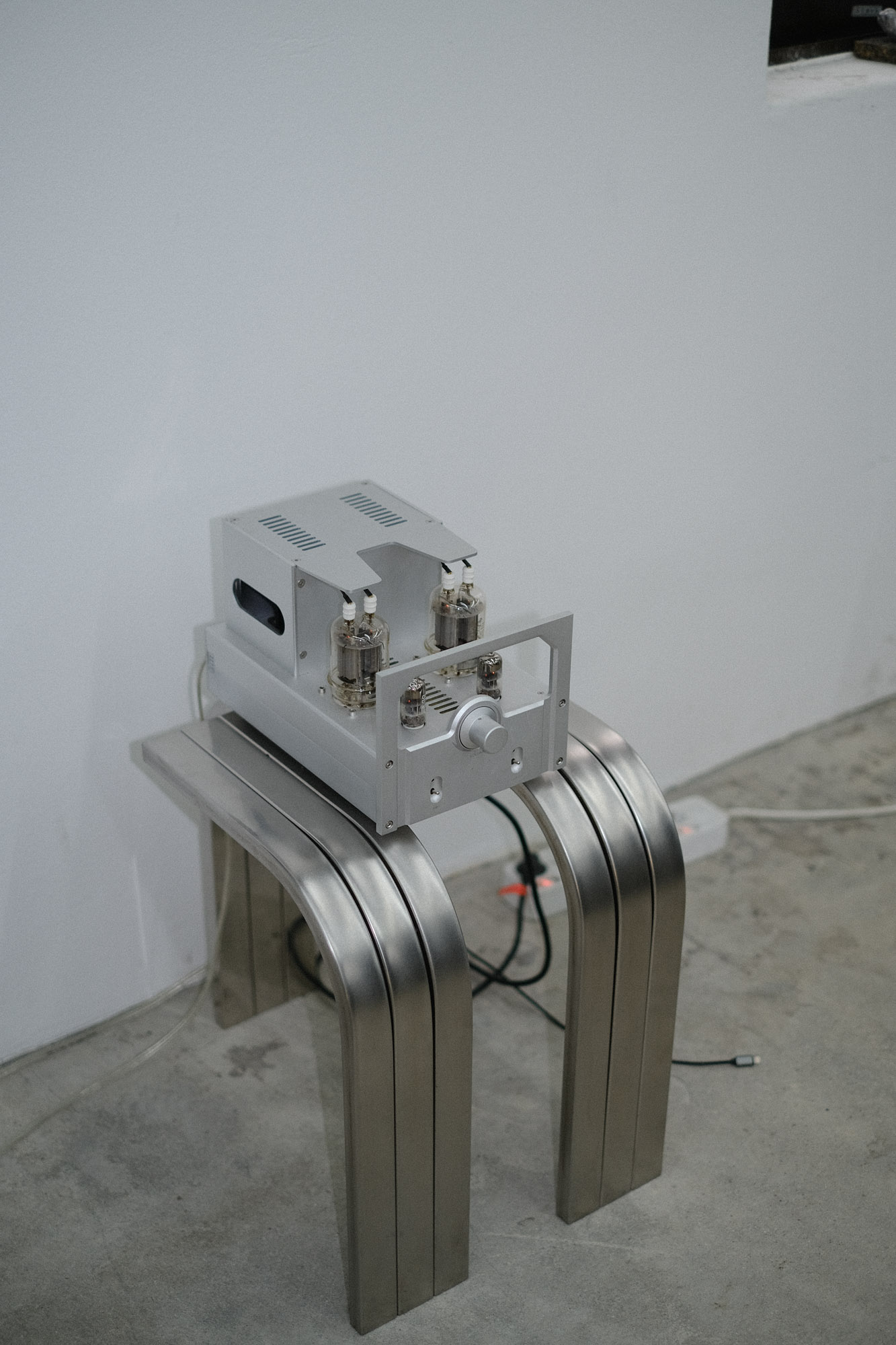
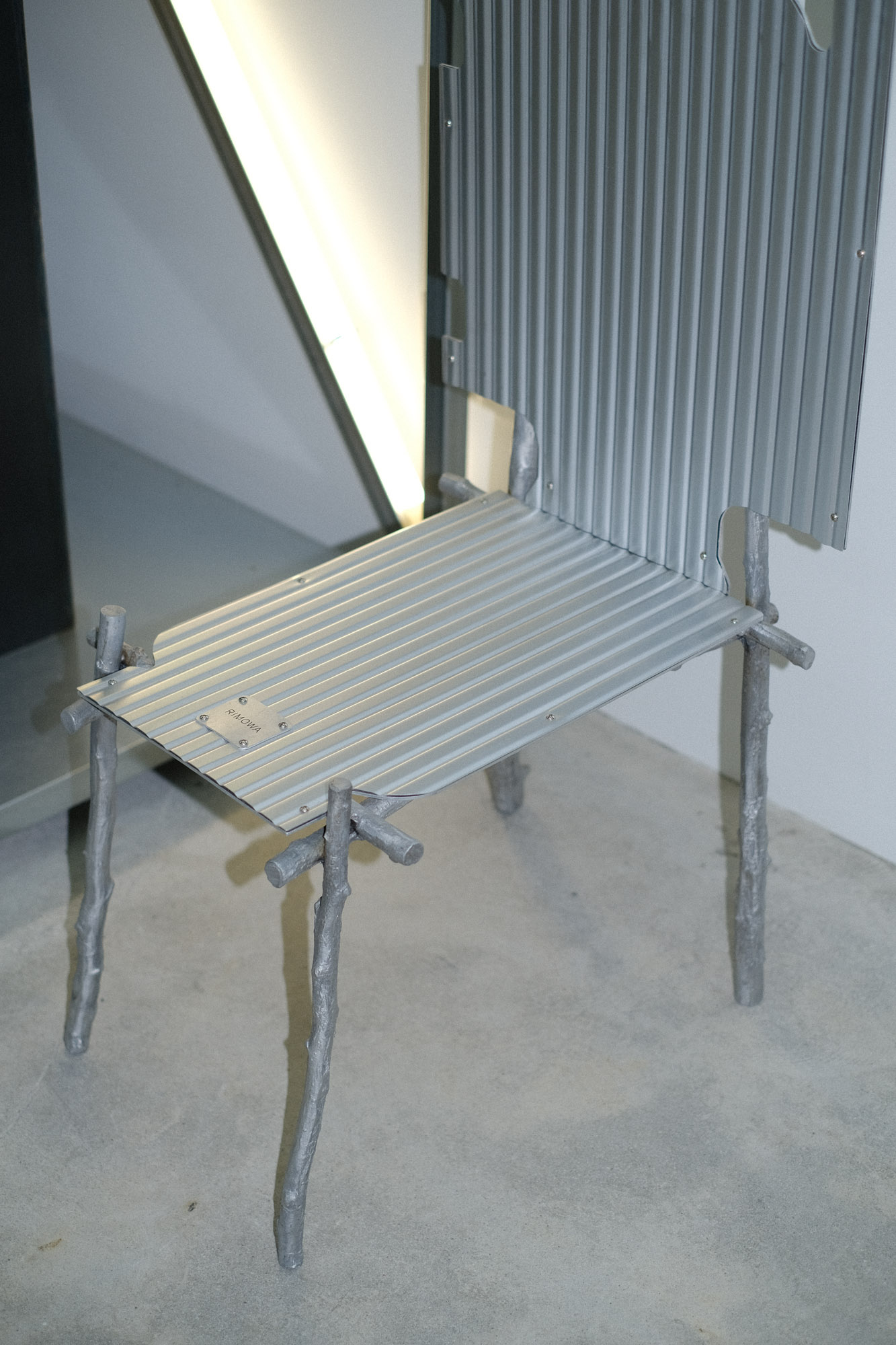

Your work shifts between artistic projects and client commissions so naturally. How do you manage this mix of commercial work and artistic exploration?
We’ve developed a kind of system for ourselves. Every project we take on, whether it’s a store, a gallery show, or a piece of furniture, has to balance our creative vision with the client’s needs. We actually enjoy blending those two aspects. For example, if we design a retail shop, we might incorporate what is essentially a functional art piece into the space, like a sculptural furniture element that the client can use and that expresses an idea. The client gets a unique environment that sets them apart, and we get to experiment and express ourselves. It’s a win-win. In the end it’s all about balance: making sure the space fulfills its practical purpose as a commercial or public environment, while also pushing the envelope aesthetically or conceptually.
Speaking of retail spaces, Seoul’s retail scene has been booming with these concept-driven stores lately. Is that trend influencing your projects?
Seoul’s retail culture has evolved a lot in recent years. Brands here are really competing to offer more unique, experiential spaces rather than just racks of products. That definitely drives demand for our work. We often come in when a brand or client wants a store that doubles as an experience, something people will talk about or even make a destination. Practice thrives in that scenario. We help create spaces that go beyond just selling products; the stores tell a story and evoke an emotion. It’s almost like creating a stage set or an installation, but it’s also a functional shop. Seoul customers are very trend-savvy and design-conscious, so they appreciate those extra layers of narrative and design in a space. We’ve been lucky that this boom has given us opportunities to do exactly the kind of interdisciplinary work we’re interested in.
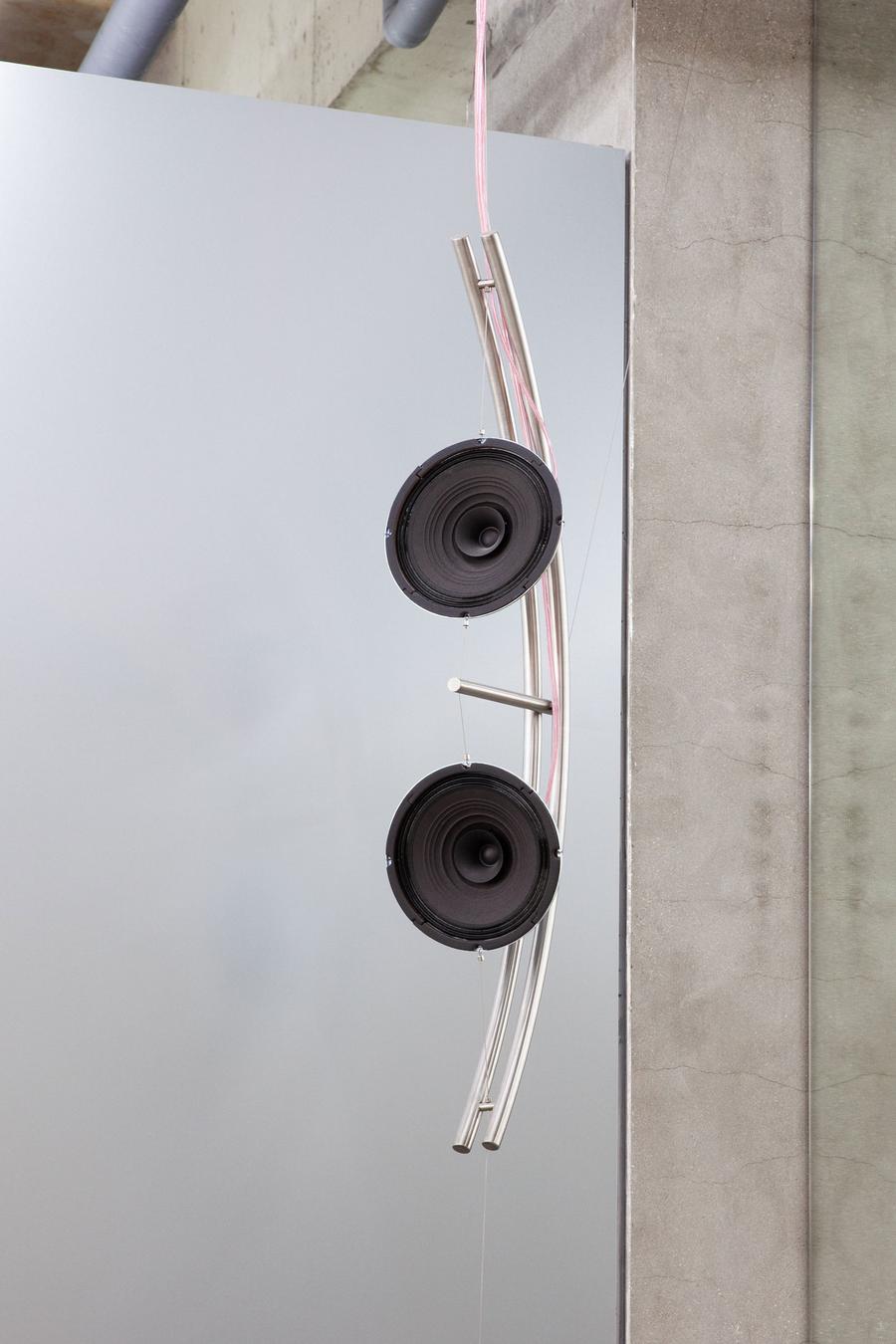
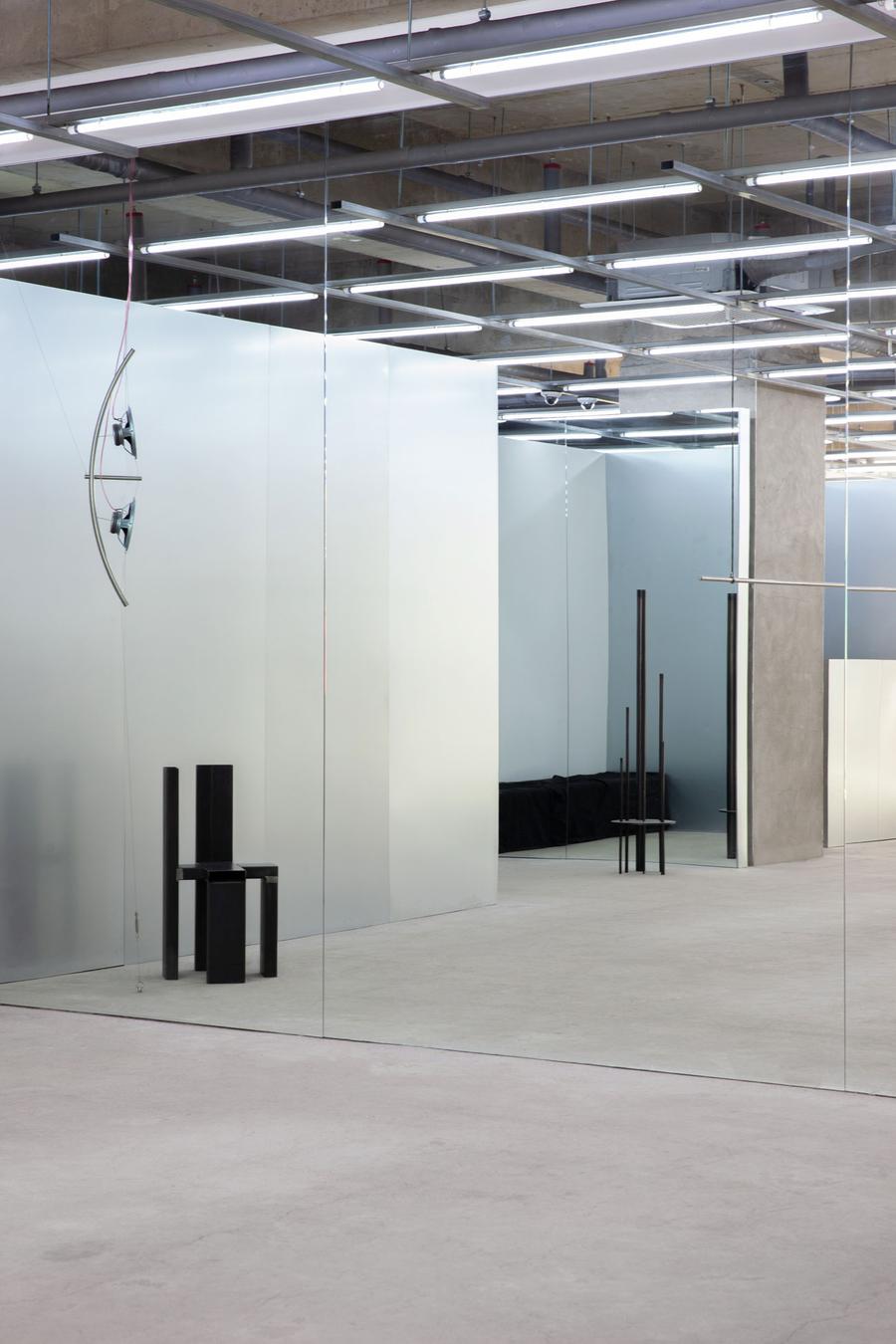
When a client approaches you for a project like that, how do you handle the relationship? It sounds like they need a lot of trust to let you experiment.
In many cases, a client might come to us simply wanting an interior design for their new store or cafe. But as we start working together and sharing ideas, they begin to see the value of integrating our more artistic approach. We’ve had clients who end up not only getting an interior from us, but also collecting some of our sculptural pieces as part of the project, almost like acquiring art for their space. We sometimes even bring in other artists or incorporate our own artworks into a design if it fits the concept. That requires a relationship of openness and trust. We make it a collaborative process with the client. We find that when they see how design and art can blur together in the finished project, they appreciate the result even more. Many of our clients become long-term partners who come back to us precisely because we offer that creative angle.
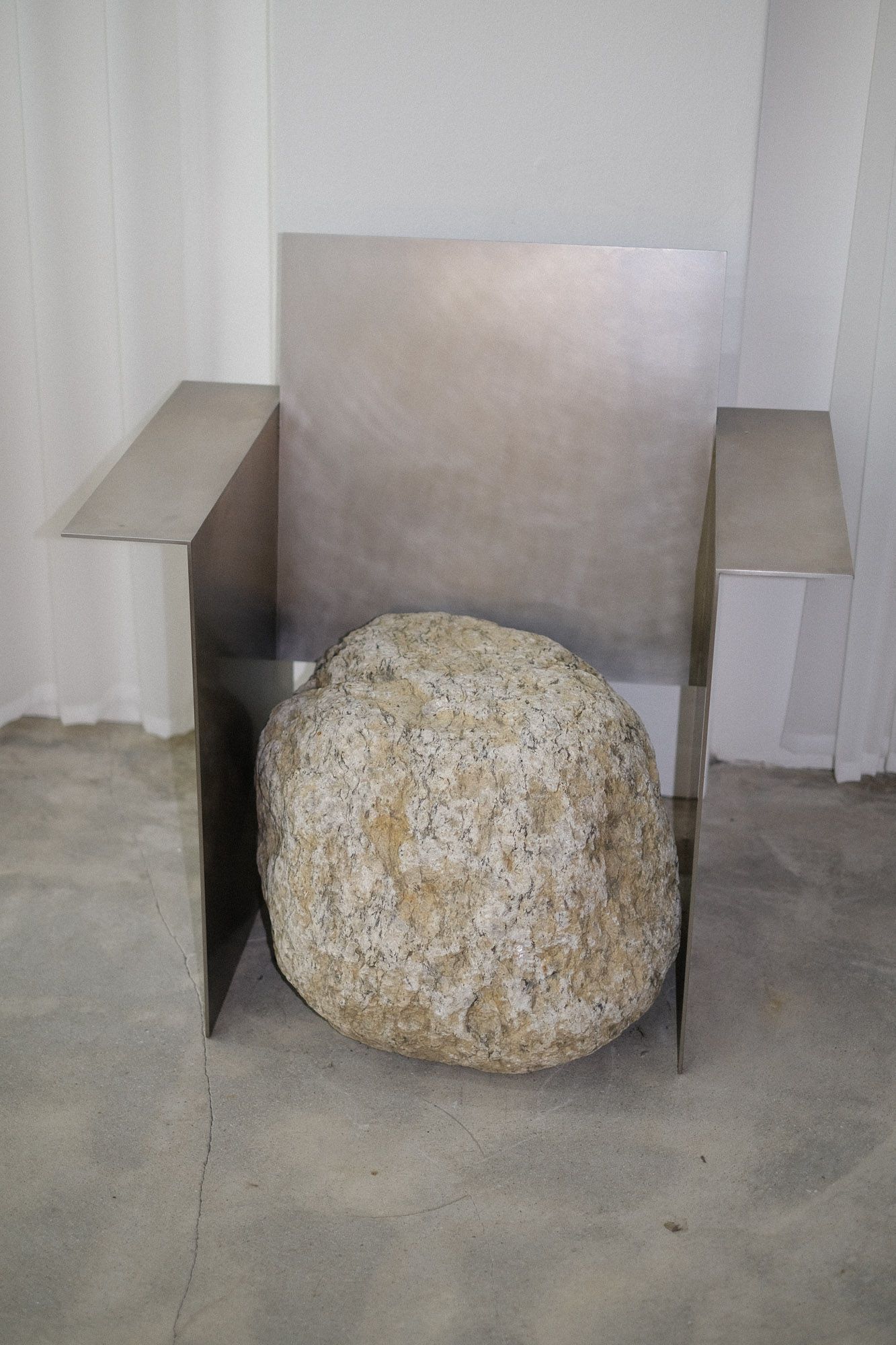
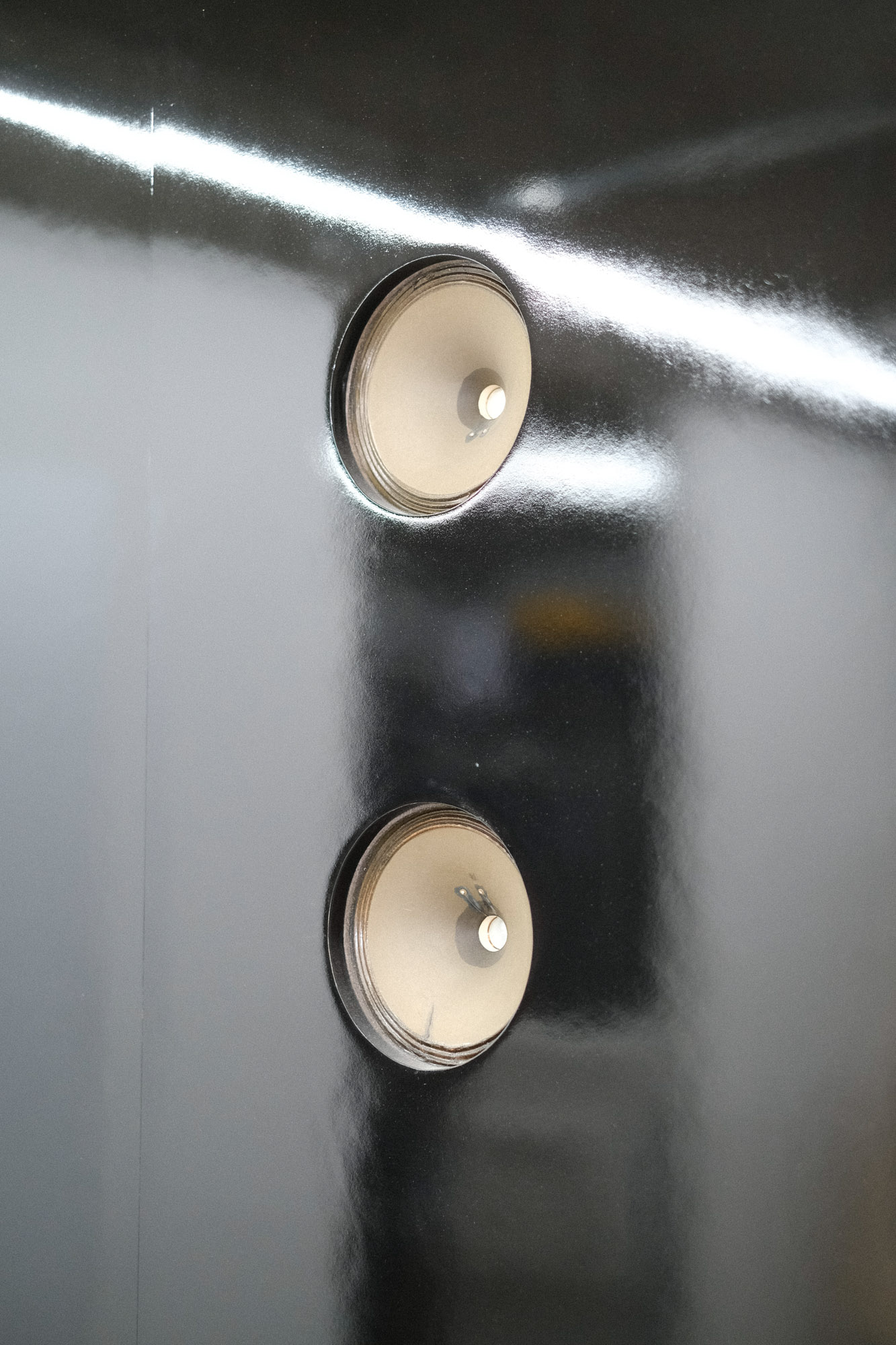
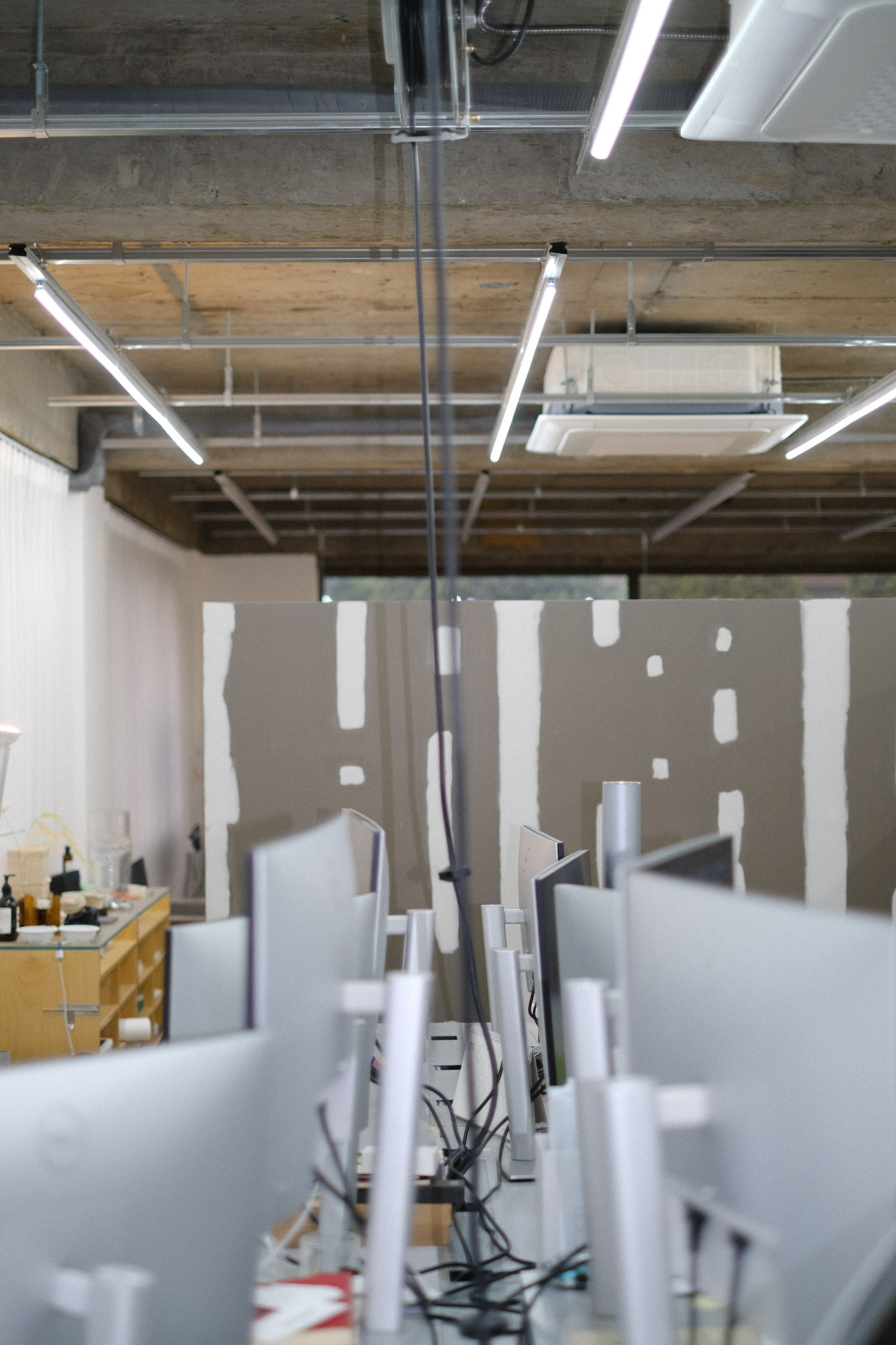
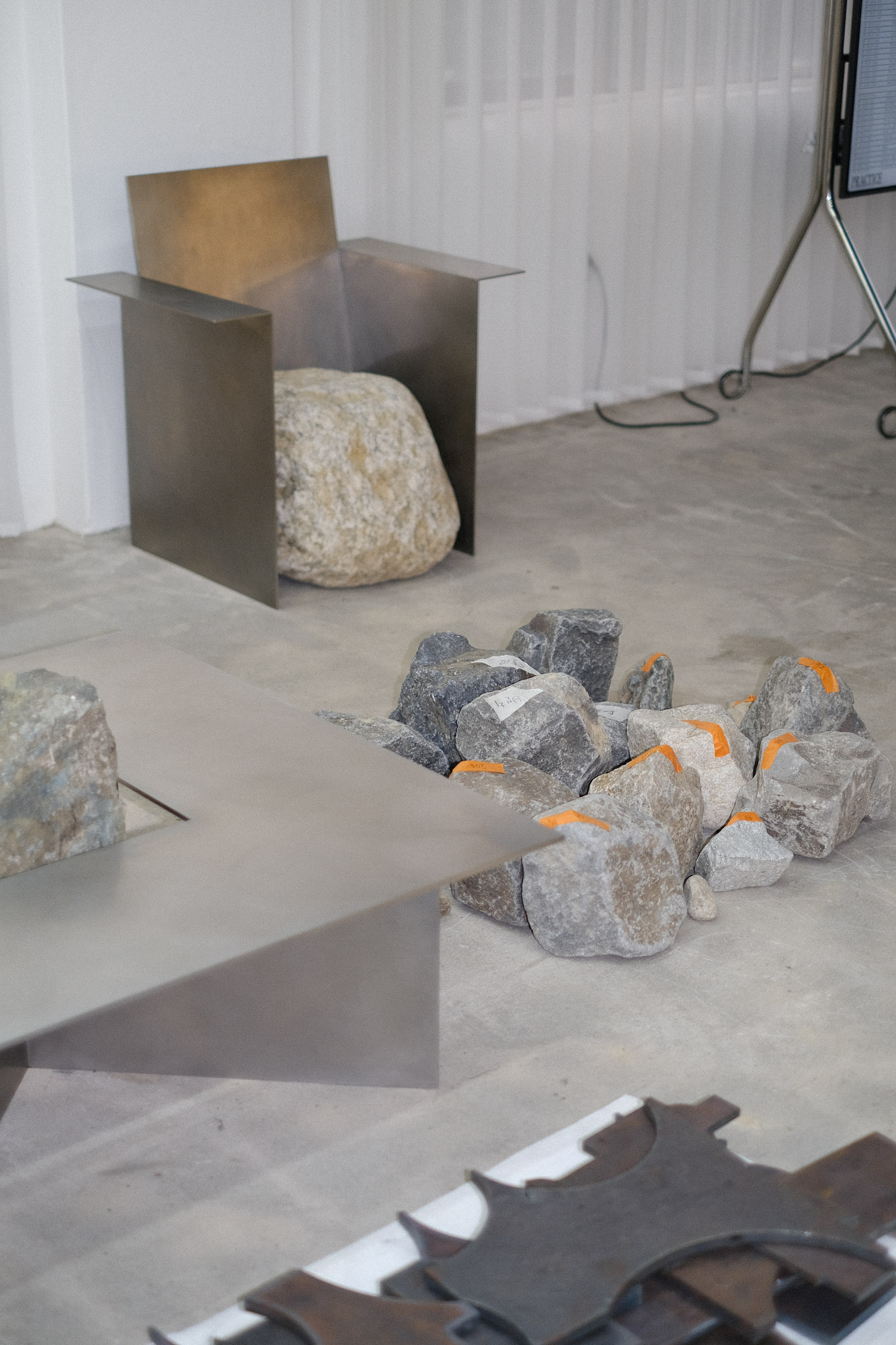
I’m thinking of the beautiful stone door handle you made for Youth store, it functions as a sculpture but also as a hardware. How do you balance form and function in cases like that?
It’s about finding harmony between the two. We approach space design almost like composing a scene. Every element needs to work, not just as sculpture or decor, but as part of a usable environment. In the case of that door handle, yes, it’s an artwork in terms of concept and craft, but it also had to serve as a comfortable, durable handle. We love when objects can wear both hats. Another example: we might design a chair for a boutique that’s totally unique in form. It’s functional furniture, but it also contributes to the narrative of the space, we treat it as a piece of the overall installation. We never want the art aspect to overshadow usability or to become too subdued either. It should seamlessly do both. If people walk into the space and feel like they’re in both a store and a gallery, then we’ve hit that sweet spot.
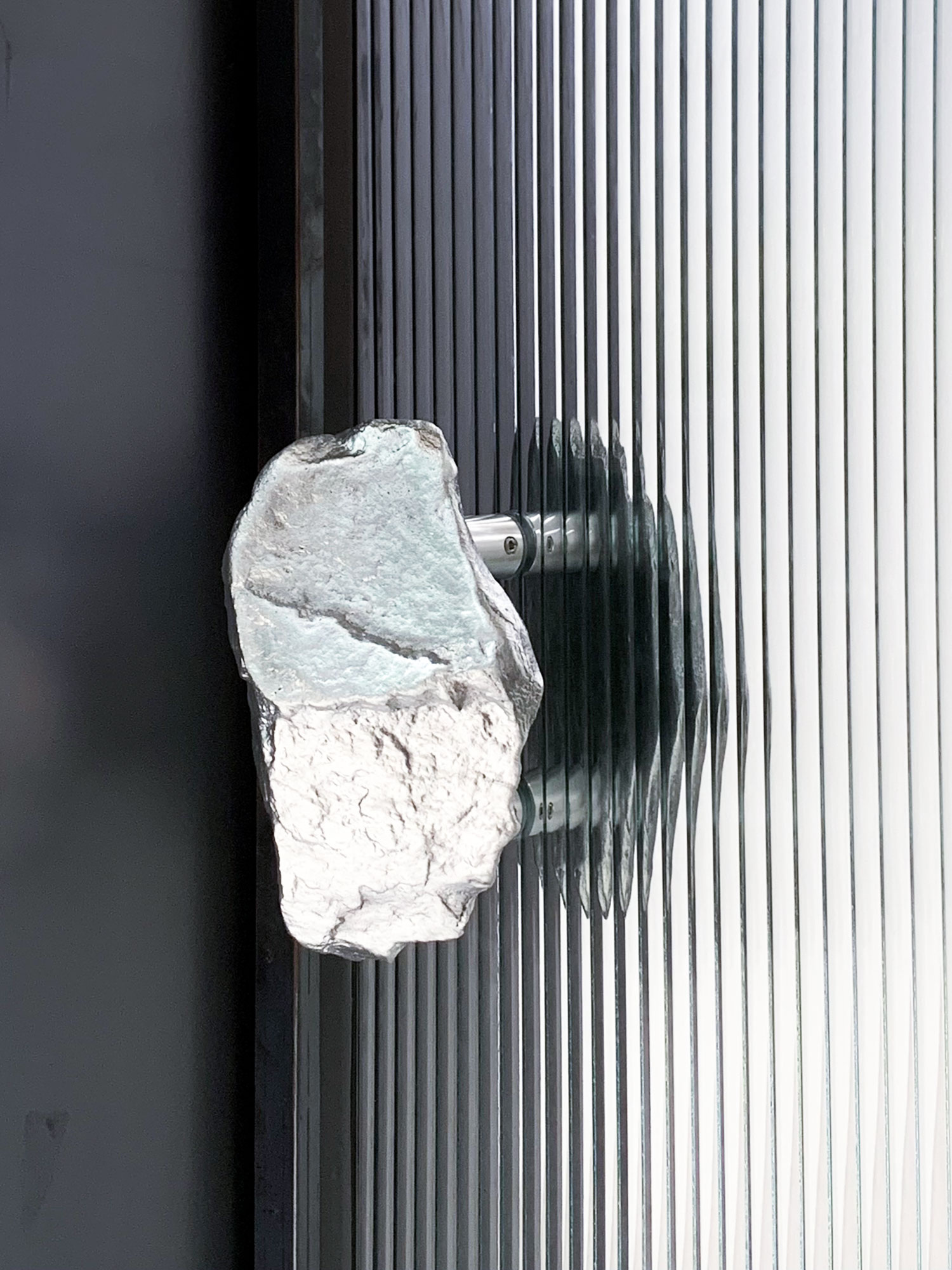
A lot of your work features industrial materials like stainless steel or aluminum, often paired with natural stone or other textures. Does that choice of material define your style?
We do gravitate toward certain materials. Stainless steel, for example, is something we use frequently because it’s versatile and relatively easy to work with in terms of fabrication. It brings a very sharp, contemporary look which aligns with our aesthetic. At the same time, we usually contrast it with something more organic or unexpected, like stone, wood, or even fabric, to create a tension or balance. There are a few reasons for this preference. On a practical level, materials like steel and aluminum are readily available here and we have good local craftsmen who know how to handle them well. On a conceptual level, Seoul has these industrial roots; using steel feels as natural in Seoul as using wood might feel in a European context . So it’s also about embracing the local material culture. That said, we’re always mixing things up. We don’t only use metal; it just often serves as a good base canvas that we then mix with other elements to suit each project’s story.
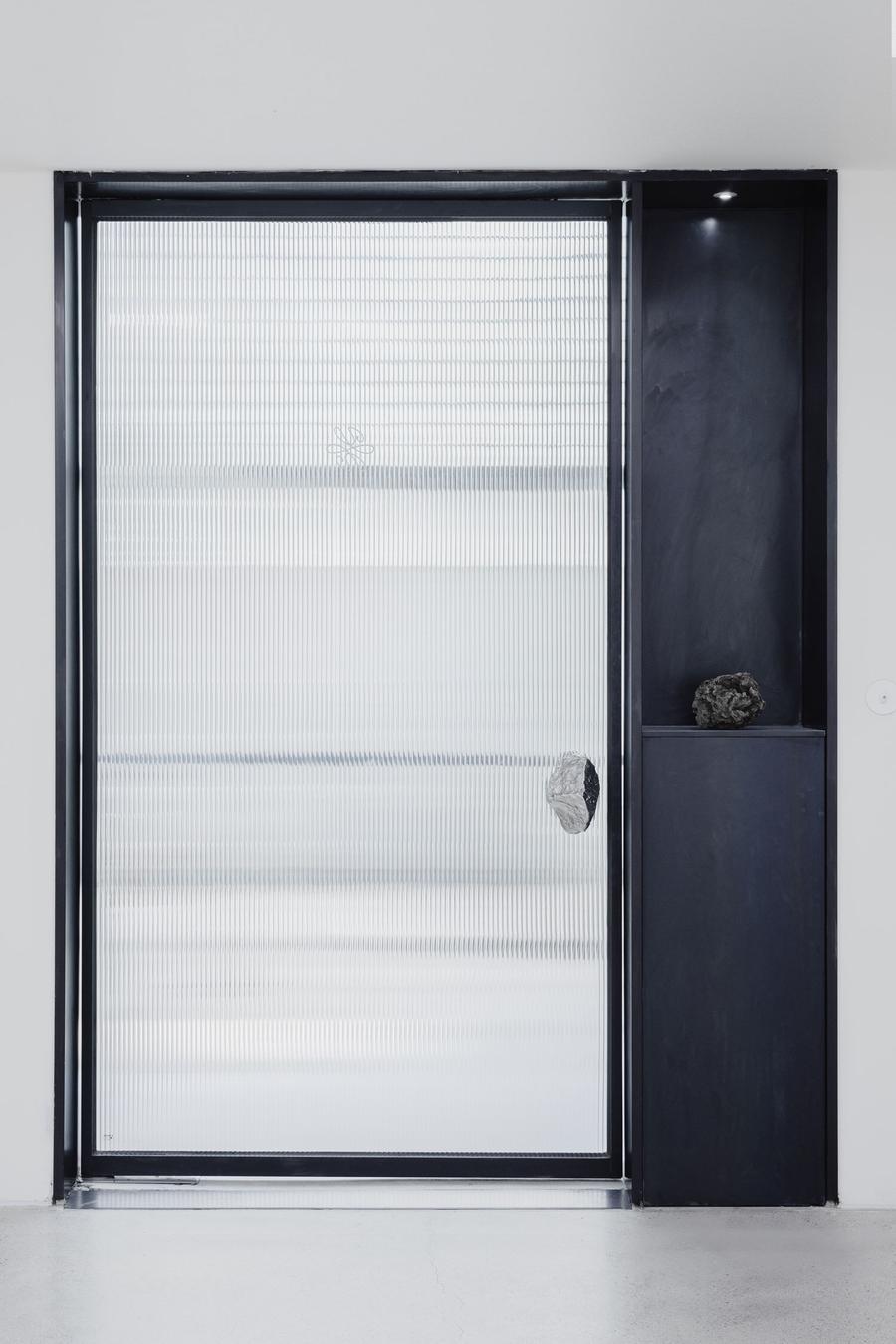

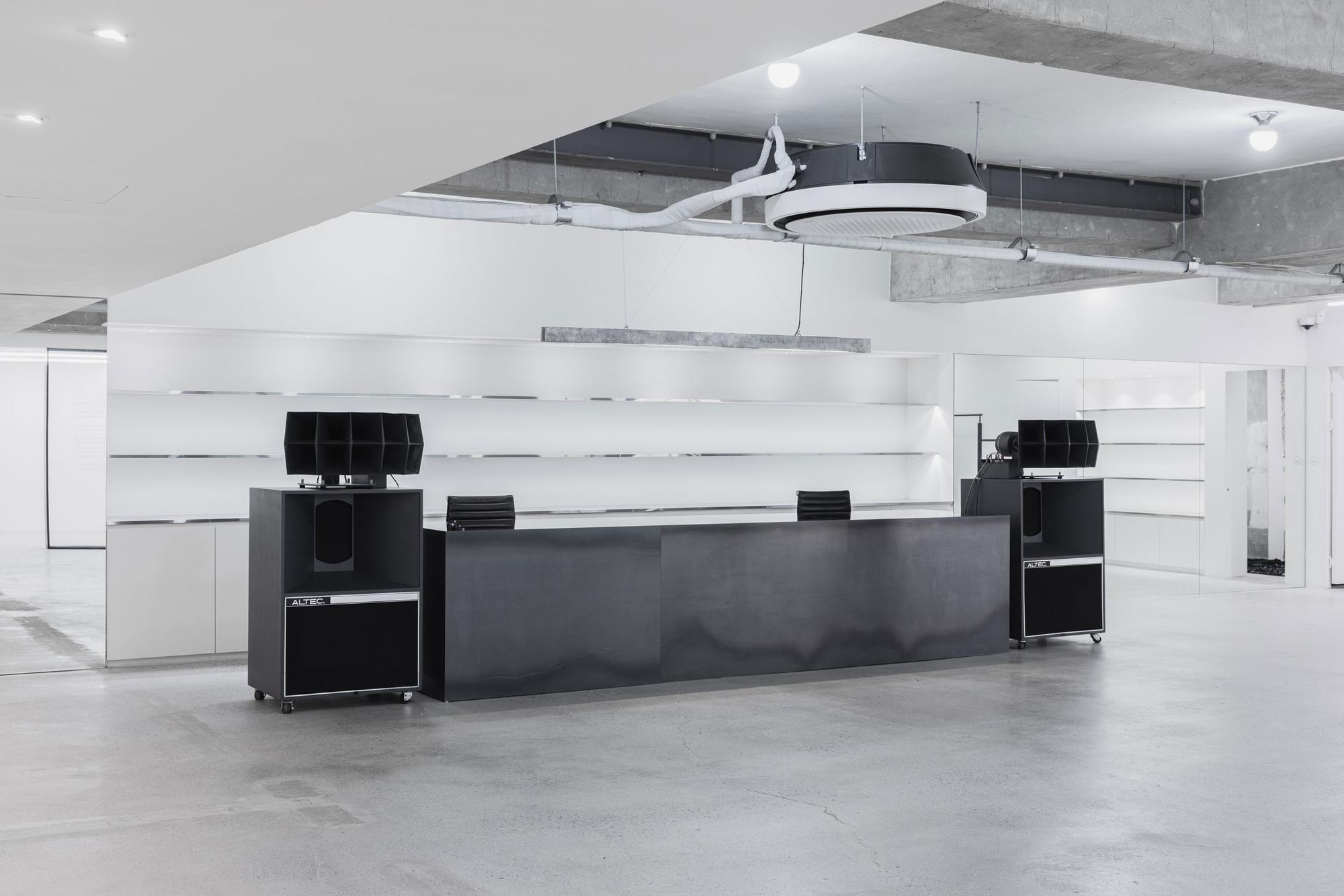
Do you fabricate most of your pieces here in Seoul? Or do you ever have to go elsewhere for production?
Nearly everything is produced locally in Seoul. One of the advantages of being here is the dense network of small factories and skilled fabricators. You can get anything made around the corner. We work very closely with local metal shops, woodworkers, glass studios, you name it. It’s often a very direct, personal collaboration, we’ll go to a workshop and experiment together with the fabricators. There’s a kind of family-like relationship that develops, which we really value. This local production ecosystem allows us to prototype and iterate quickly, which is a huge plus for experimentation. In contrast, when I think about how things might work in, say, Europe or the US, production can be more large-scale and impersonal. Here, because everything is more small-scale, we have a lot of flexibility to try unconventional things without needing massive budgets or lead times.
That accessibility must shape your work in some way.
Definitely. Because we have these resources at our fingertips, we’re encouraged to be more adventurous with our designs. If we come up with a crazy idea for a chair or a fixture, we know we can talk it through with a local maker and try it out quickly. The barrier between designing and making is very low for us, which means our creative process is very fluid. We don’t have to overthink whether something is feasible, we can usually just attempt it and refine from there. I think that leads to more originality and quality in the final pieces, since we can fine-tune details in collaboration with the craftsmen. It also means our work is very rooted in Seoul, in the sense that it’s literally made here by local hands. That’s something we’re proud of.
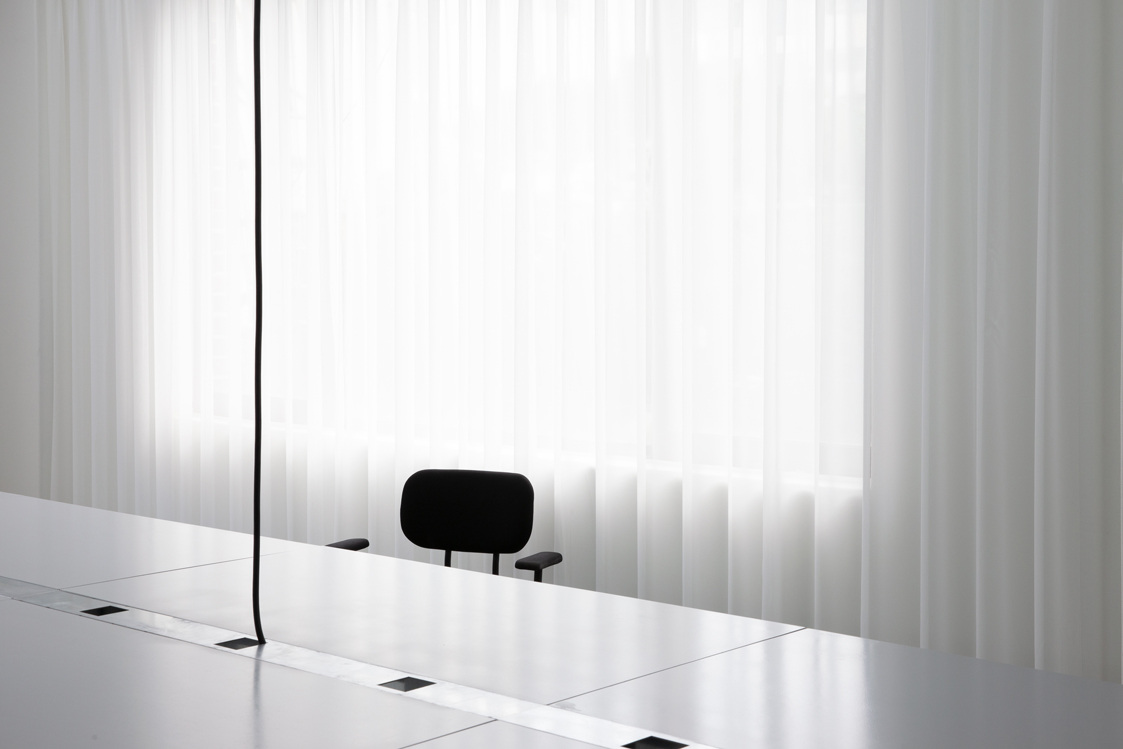
Project images by Practice and Eunseok Kim. Interview and aditional images by Sebastian Vargas.
studiopractice.kr | @practice.kr

